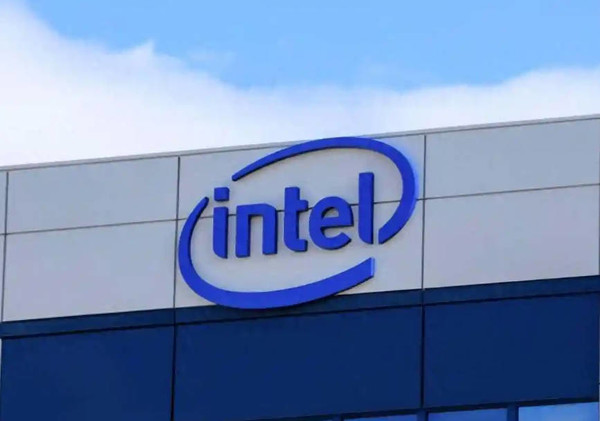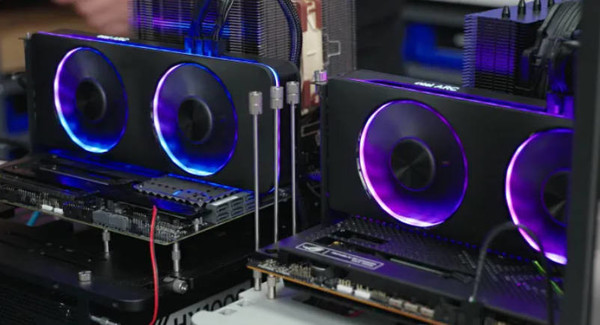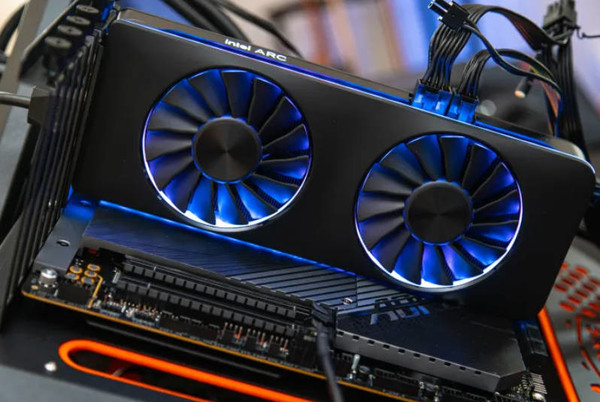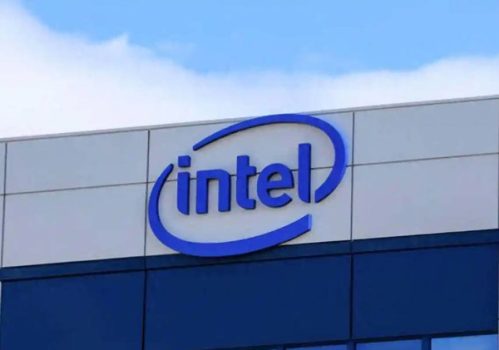After 25 glorious years, Intel is about to bid farewell to its important seat in the Dow Jones Industrial Average, a position soon to be taken over by Nvidia. This shift comes as Intel, once the leader in chip manufacturing, faces mounting challenges, particularly in the GPU market. With increasing competition from Nvidia and AMD, Intel is looking to regain its footing, and the upcoming release of its Battlemage GPU may be key to its strategy. S&P Dow Jones Indices officially announced this decision, set to take effect before the market opens on Friday, November 8.

In recent years, Intel’s leading position in the field of chip manufacturing has been gradually surpassed by competitors such as TSMC. At the same time, its layout in the field of generative artificial intelligence has also lagged behind. It failed to invest in cutting-edge companies such as OpenAI in a timely manner and missed development opportunities. These factors have combined to cause Intel’s stock price to fall sharply this year, with a cumulative drop of 51.5%, making it the worst-performing stock in the Dow Jones Index, and its stock price has also fallen to the lowest level in the price-weighted calculation of the Dow Jones Index.
However, faced with such a severe challenge, Intel did not give up the opportunity to fight back. The company is actively preparing to release the second-generation Arc GPU and the Intel Battlemage GPU. Intel aims to regain its position by focusing on the key GPU field at a time when AI technology is rapidly evolving. GPUs play a crucial role in supporting AI development. Their performance and efficiency directly influence the scope of AI applications. As a result, Intel’s investment in both the Arc GPU and the Intel Battlemage GPU is vital for its future success.
Specifications revealed
Recently, the Geekbench benchmarking platform exposed information about an independent GPU called “Intel Xe Graphics RI”. This GPU has 160 computing units, that is, 20 Xe cores, paired with 12GB of video memory, and an acceleration frequency of up to 2850MHz. While these have lower core counts than the Arc A770 and Arc A750, their boost frequencies are even better.

Wccftech recently discovered traces of a new Arc Battlemage graphics card in the graphics logs of the Linux kernel’s Direct Rendering Manager subsystem. This GPU features 12GB of video memory, with a memory rate of 19Gbps, slightly faster than the Arc Alchemist series. However, its memory bus width is only 192 bits, which could result in a bandwidth lower than the 512GB/s of the Alchemist series, which offers around 456GB/s. The exact number of Xe cores in this GPU remains unclear, but leaks suggest it may have 14 Xe2 cores.
A standout feature in the leak is Intel’s Adamantine caching technology, which is similar to AMD’s 3D V-Cache. This technology stacks additional cache layers on the chip, and Intel refers to it as “Level 4 cache.” While the cache is slower, RedGamingTech reports that Intel plans to equip its flagship chips with up to 512MB of Adamantine cache.
Performance Outlook
At present, we know very little about the performance of the Intel Battlemage GPU. The small amount of leaked information released so far provides no clear insights. Public independent test results show that Intel likely targets the mainstream market with this GPU. In the Geekbench OpenCL test, the card scored 97,943 points. This result is lower than NVIDIA’s RTX 4060, AMD’s RX 7700 XT, and Intel’s own Arc A770. Considering AMD and NVIDIA are about to launch new generations of graphics cards, Intel may fall further behind in performance.

If early leaks are to be believed, and Intel indeed plans to use 56 Xe cores, the flagship Battlemage GPU is likely to be targeted at the NVIDIA RTX 4070. This is a smart choice because the graphics card market is currently the most competitive in the $400 to $600 price range, with five or six graphics cards competing in this price range.
Initially, there were rumors that Intel’s flagship card would be targeting the RTX 4080, but that now seems unlikely. This statement may be due to the fact that the actual size of the GPU inside the flagship card is similar to the RTX 4080. Still, that doesn’t mean Intel’s card can reach the level of the RTX 4080.
At the lower levels of the product line, things are equally unpredictable. Currently we only have one leaked benchmark from SiSoftware, showing Battlemage performance in a Lunar Lake laptop CPU. Regardless, it seems unlikely that Intel will directly compete with AMD and NVIDIA’s next-gen graphics cards. Based on the current timeline, it looks like Intel is trying to gain a few months of market advantage before AMD and NVIDIA release a new generation of graphics cards.
It is rumored that a discrete Battlemage GPU may never appear in laptops, which means laptop users may never see a Lunar Lake version of Battlemage.
release date
We initially expected Intel to unveil the Battlemage graphics card in the second half of 2024. However, the timeline has become uncertain because Intel has not yet provided official details. Earlier this year, Intel researcher Tom Peterson mentioned that the graphics team was developing software for the next generation of GPUs. Meanwhile, hardware engineers had already moved on to the “next project.” Battlemage is ready, at least from a hardware perspective.

More evidence comes from a recent shipment listing two Battlemage GPUs. The listing states that the cards are “for research and development purposes only,” which suggests Intel may have entered the final validation phase. Additionally, Intel itself shared a slide with Japanese media showing new GPUs coming in 2024.
However, whistleblowers have different opinions. YouTube user Moore’s Law is Dead cited Intel sources as saying that Battlemage is targeted for release in late 2024 or early 2025. And at a recent event jointly hosted by Intel and Asus, the manufacturer promised to launch Battlemage before the end of the year.
price strategy
Regarding price, we have reason to believe Intel will focus on entry-level and mid-range graphics cards rather than expensive flagships like the RTX 4090.

Based on the known specifications, there are two possibilities for the price. If Intel chooses to go high-end and build a competitive GPU, the flagship card could be priced around $500. On the other hand, if Intel adopts a conservative strategy, its flagship product may be more affordable, around $350. This pricing strategy will allow Intel to compete with AMD and NVIDIA in the mid-range market and attract more price-sensitive consumers.
For more insights on emerging technology and the future of AI, visit the TinyDeals blog, where we regularly explore the latest in tech. Meanwhile, you can find cutting-edge gadgets and more at our TinyDeals store, where innovation meets affordability.







